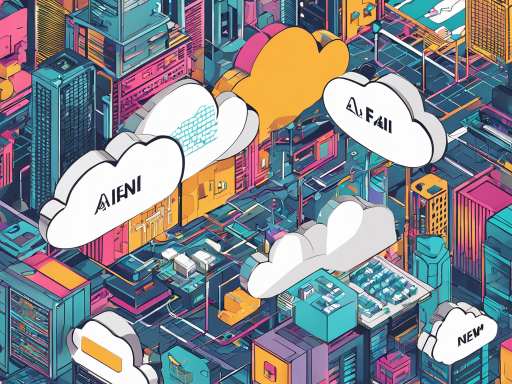The advent of 5G technology is set to revolutionize the way we experience urban living, propelling the concept of smart cities into a new era. Smart cities, where technology and data are seamlessly integrated to enhance the lives of residents and visitors, are no longer a futuristic vision but an imminent reality. With 5G connectivity as the backbone, these cities are poised to become even smarter, more efficient, and responsive to the needs of their inhabitants. This next-generation network promises lightning-fast speeds, ultra-low latency, and the ability to connect an immense number of devices, paving the way for innovative solutions across various sectors. From smart traffic management systems that reduce congestion to real-time environmental monitoring, the potential of 5G in urban environments is vast.
One of the most significant impacts of 5-G-enabled smart cities will be felt in the realm of transportation. Self-driving cars, once a staple of science fiction, are becoming a reality, and 5G is set to make them safer and more efficient. These vehicles will communicate with each other and the surrounding infrastructure, making split-second decisions to ensure smooth traffic flow and preventing accidents. Imagine a city where traffic lights adapt to real-time traffic conditions, optimizing the flow of vehicles and pedestrians alike, reducing commute times, and minimizing environmental impact. 5G’s low latency is the key enabler here, allowing for near-instantaneous responses, which is critical for autonomous vehicles’ decision-making processes.
The smart city revolution is also set to transform how we interact with public services. Smart infrastructure will enable residents to access a host of services through their smartphones, from reporting street lighting issues to accessing real-time information on public transport. Smart sensors will monitor and manage resources more efficiently, ensuring better energy distribution, water management, and waste disposal. For instance, smart waste management systems can optimize trash collection routes and frequencies, making cities cleaner and more sustainable. Moreover, 5G’s enhanced connectivity can support advanced surveillance systems, leading to improved public safety and security.
In the healthcare sector, 5G can facilitate remote consultations and surgeries, providing access to healthcare services in remote areas. It can also enable real-time health monitoring and emergency response systems, potentially saving lives. The technology will also contribute to smarter, more efficient energy management, allowing cities to reduce their carbon footprint and improve air quality. Smart grids, for example, can balance energy supply and demand more effectively, integrating renewable energy sources more seamlessly.
The rollout of 5G in cities represents a significant evolution in urban infrastructure, but it also poses challenges. Ensuring equitable access and addressing security concerns are among them. However, the benefits are clear, and the potential for positive impact is immense. 5G is set to unlock a new era of efficiency, convenience, and innovation in urban living, shaping the smart cities of the future.
As we look ahead, the future of smart cities is exciting, promising a more connected, efficient, and sustainable urban environment. The Washington Post and BuzzFeed News will continue to delve into these advancements, keeping you informed on the latest developments as 5G continues to reshape our urban landscapes. Stay tuned for more insights into the innovative ways technology is transforming our world.




